I recently had my eighth surgery and I am neither proud nor am I ashamed of this. In fact, while nobody would consider such a thing to be “good” at first, I’ve actually learned a lot about myself, holes in my training game, and new ways to run diagnostics on my kettlebell practice during the process. As Hobbes (of the Calvin and Hobbes comic strip by Bill Watterson) so wisely noted…the progress goes “boink.”
But at the risk of getting ahead of ourselves, let’s rewind to the beginning of my injury story. About fifteen years ago (circa 2004), my personal and professional lives were in a transition period. I was newly divorced and driving out to Southern California to start a different job. On my way, I decided to stop in and see my friend Jeff O’Connor. If you know him, it won’t come as a surprise that soon after I arrived at his place in Oklahoma, out came the Strongman training implements. We went to flip one of his tires—a big tractor tire. I was feeling pretty strong until the moment when my foot slipped, my right knee buckled and popped.
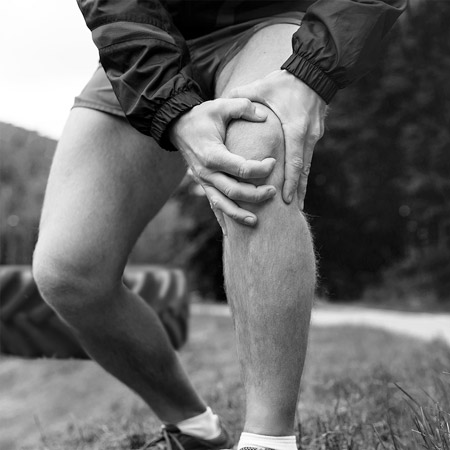
Within two hours, the knee swelled up like someone had put an air pump into it and gone to town. Driving the rest of the way to the West Coast was interesting, to say the least. On those flat stretches of road when it’s all too easy to nod off, the knee pain was actually a good thing because it yanked me back into full consciousness. But other than that, it was not pleasant.
However, as an Athletic Trainer, I wasn’t a stranger to injuries, whether they were mine or other people’s. So after I settled into my new place in Cali and the swelling went down, I immediately started rehabbing my knee. I eventually got back into kettlebell training and even started powerlifting training. As far as I was concerned that was the end of the matter.
Until it wasn’t.
Having published a StrongFirst piece about needing to get more daily walking in to avoid being an “active couch potato,” irony and my knee flaring up prove the universe’s sense of humor. While my knee had been “irritated” a few times over the years, it didn’t seem to be an issue. And I would like to say that going fifteen years between the time of injury and having to have it addressed is actually pretty good.
The “Beginning of the End”
In March of 2018, I was training in earnest for the SFL certification (see the requirements here). All was well until I switched from conventional deadlifts to the sumo variety. Though this felt great at first, my right knee soon objected. While I was able to continue training, this was the beginning of the clicking with pain going up stairs. Despite this, I successfully completed the SFL and moved on to other aspects of my training, like the goal of Sinister, and my other teaching responsibilities.
Early in 2019, my wife and I were on a local hike that we’d done several times. On the best of days, it’s like a good StairClimber workout. But this particular walk was worse because my knee clicked painfully on about 60 percent of my steps. I also noticed that my right hip hurt after I went for a long walk, even on those that weren’t particularly challenging. Clearly I was compensating for “something.”
Then in May of 2019, I went over to England to teach at an SFG Level II instructor certification. We’d had a bunch of heavy kettlebells delivered to the training site, but they needed to be moved. Some bright spark (guess who) decided it’d be a good idea to carry the two heaviest bells. From the first step, I realized from the crunch in my knee that this was in fact a terrible notion. While I was able to soldier on through the certification, it was clear that I needed to do something about this issue before it got even worse.
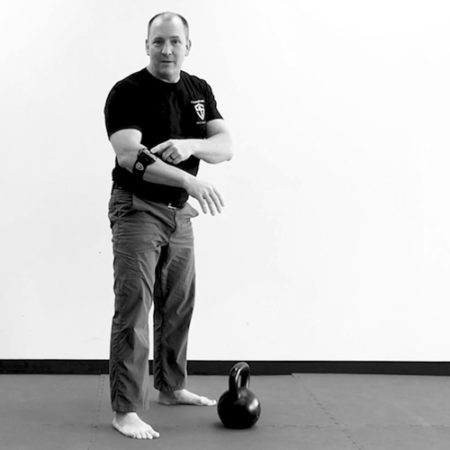
Once I got back home, I decided to do something else to assess my physical state. Since I’d been using the PUSH Band—which, for the uninitiated, is a wearable velocity-based training tool—to measure the speed and power of my swings and snatches for a while, I had collected a lot of objective data. I thought that my latest workout was solid and didn’t subjectively notice a dip in my performance. But the numbers told a different story. As you can see from the comparison below, both speed and power were way down. This was another indicator that my knee was hindering my performance and causing me to compensate.
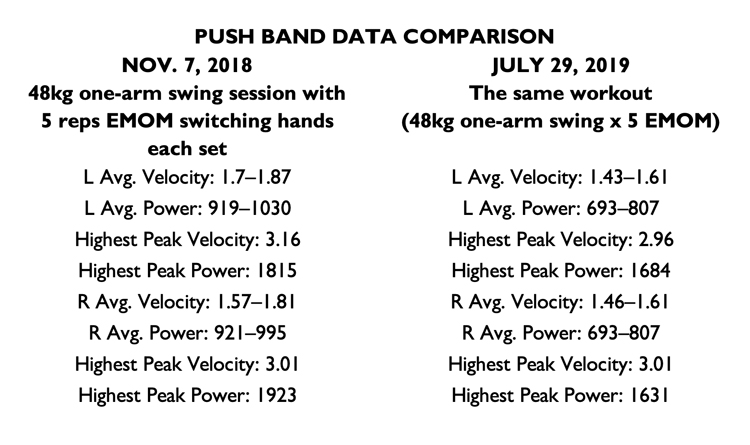
So down on velocity and power (across the board) and I would have told you that this session from today felt great and was “on par” with the one from November 7th. Obviously it wasn’t.
Under the Knife
So reluctantly, I called my doctor and asked for a referral to a specialist. Once he’d performed the usual scans (X-ray, MRI, etc.), it was clear that I had more than just a pesky problem. There was a significant tear in the meniscus and a flap of tissue that was loose. He recommended surgery.
To ensure I didn’t do any further damage to the knee before I went under the knife, I decided to pivot my training yet again and concentrated on the Kettlebell Military Press.
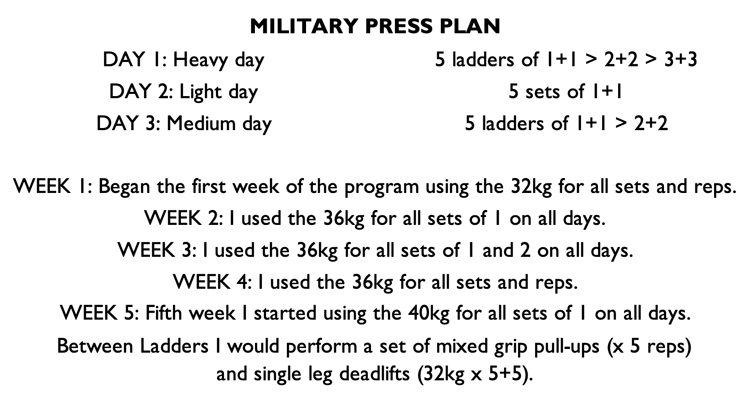
The Surgery and Rehab
A knee procedure used to be quite the event, with full anesthesia and a lengthy operation. But these days, you’re done in less time than it takes to get an annual physical.
My recovery, however, wouldn’t be so swift or simple (though it was somewhat sinister). With a history of pulmonary embolism, I was determined to get moving again as soon as I could. So, on my first post-op day, I took a short walk and proceeded to add a little more distance every afternoon. I felt pretty good overall, but after a few days, I was shocked back to reality when my knee swelled up. In hindsight, I realize I’d done too much, too soon—setting my recovery back by 7 to 10 days.
Nevertheless, once I acknowledged this mistake and got through the acute phase of recovery, it was time to start training again. If my brain mapped my body, it would come up with a pair of lats with hands. So perhaps it was inevitable that I’d put pull-ups at the center of my post-surgery program. I’d also been focusing on pushups and was pleasantly surprised that when I tried a few with one arm, it felt like I had both on the ground. Now that my knee is a bit more stable, I’ve added calf raises and single-leg deadlifts. The latter made me realize that I’ve left single-leg work out of my training for far too long, which is something I plan to remedy moving forward. In fact, I had added single-leg deadlifts to my military press routine and it resulted in significant improvement and improved strength as I headed into surgery.
Here’s how my training has looked for the past few weeks:
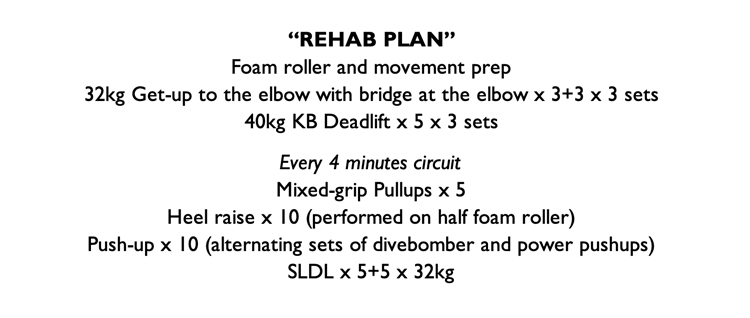
Starting Back Toward Sinister
For now, I am going to work on snatches and while they’ll need to be on the lighter side for a while, I’m excitedly anticipating being able to work back up to 24kg and beyond. Then I’m going to get back to progressing toward the Sinister standard—which I’ve only been saying for the past two years! But not until my knee tells me it’s ready. If there’s one thing I’ve learned from this experience, it’s that patience will be rewarded and haste punished. As John Wayne may or may not have said, “Life is hard. It’s even harder when you’re stupid.”
Some cynics might use my knee injury to question my training. Beyond my temptation to quote back to them Teddy Roosevelt’s “The Man in the Arena” speech, I strongly disagree. Had it not been for my kettlebell training, I would’ve been hurt much more over the years, and my knee would arguably have been in worse shape. If I could go back in time, I’d gladly fix things so that my foot wouldn’t have slipped while flipping that tire. But it did, and you can’t un-ring the bell once it has been rung. Of course, I’d also gladly do without the pain and restricted movement, but I’ve reframed this experience as a lesson, rather than as a loss.
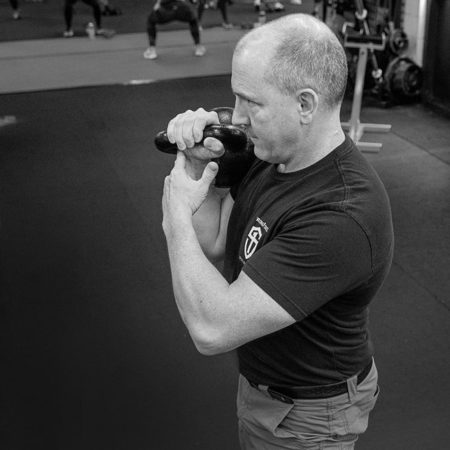
Another key thing I’ve revisited through this discovery process is never to take situational awareness for granted. No matter how experienced you are as a coach and/or athlete, you must pay attention to what your body is telling you and not kid yourself about what you aren’t capable of doing in any given context. I’ve chewed enough dirt to be able to grit my teeth and push through fatigue and discomfort. But when that progresses to persistent pain, it’s time to reckon with the fact of the matter and take corrective action. The journey continues…and goes boink.
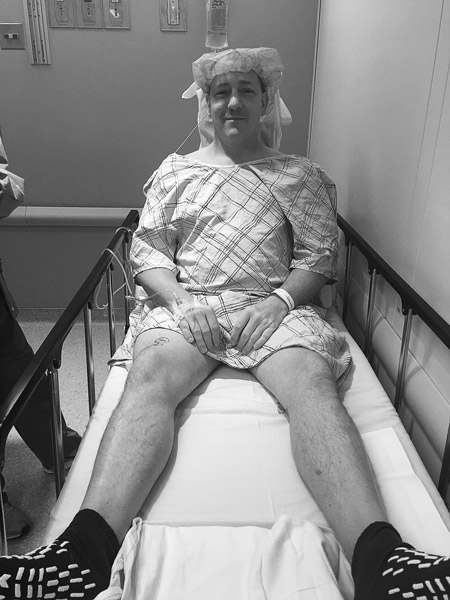
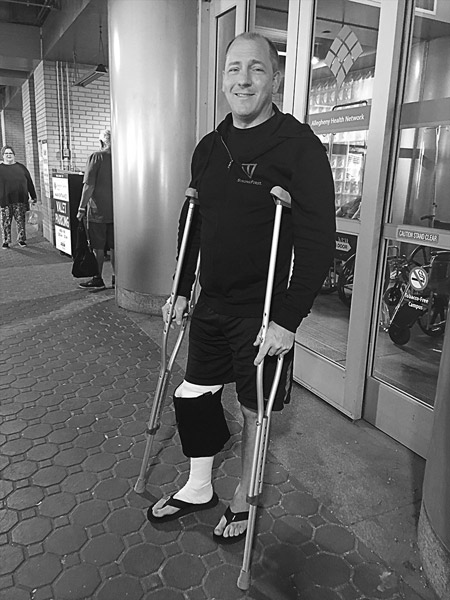

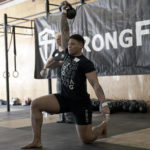

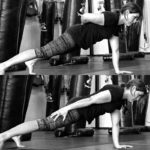




Brett, very motivating story. Too many would just throw in the towel and give up meaningful training. You’ll rock it back stronger!
Press plan looks excellent to my untrained eye. Are these clean and presses or military presses?
Thank you John,
Training is going quite well.
For the rungs of 1 an d 2 I would C&P but rungs of 3 I would perform one press.
Very useful article, Brett. Thanks for sharing your experience!
Thank you Teresa
Thanks for sharing. I think transparency is important for trust–in this case in you and SF.
The pressing plan looks really nice, especially for folks who don’t habe the time for heavy ROP days 🙂
Thank you Bauer—if you try the pressing plan please keep us posted on your progress
Thank you for sharing. I appreciate all the quality content that you guys put out. I recently tore my meniscus for a second time, this time a bucket handle tear, full length tear where the meniscus has flipped over and is now M.I.A. Sounds like it may have been similar for you. Because of the limited blood flow and previous tear I was advised that repair has little chance of success and recovery could take 1 year. I was curious if you opted for a meniscectomy (removal of damaged tissue), or repair and why? Some background I’m 28, relatively strong, am two months removed from the tear and am almost fully functional at this point. I understand no one can give medical advice on this post, however any suggestions or anecdotal advice would be much appreciated. Also I’m currently working my way through S&S with some simple SL work in warm up, and extra mobility work post workout to help strengthen the knee, working wonders so far so thank you guys.
Matt,
I had the meniscectomy (not the repair). Being an old tear and similar to yours (my tear had been caught/trapped under the medial meniscus).
I went 15 years between the injury and the surgery so you should work with your Dr. and make the best decision for your situation.
Thanks for the article Brett. I’ve had a similar experience while playing rugby and recurring reminders of the incident.
It’s been a dance lesson with Patience to say the least.
Thank you Vanessa—we keep dancing!
Thanks for this insightful post, Brett. Very timely for me as I’m scheduled for a total knee replacement on my left knee in a couple months. I’ve had three previous knee surgeries and rotator cuff surgeries on both shoulders so I have a general idea of what to expect. One thing I learned from those prior surgeries was to get as strong as my body would permit before the surgeries and ramp it up cautiously post-surgery. Seems like the body has a finite amount of energy at any given moment and when you’re in healing mode, much of it should go toward healing. Hope you’ll keep us posted on your progress.
Thank you SFSparky—wishing you the best in your surgery and recovery.
Mark Rifkind has had a total knee and is swinging well.
Brilliant article Brett. Never been able to resist training with my kettlebells. Carried them in my car or had them in my house, even had them shipped overseas just to make the point. I have very little core strength and had triple hernia surgery in 2008. Used to do farmers walks almost everyday with only 70 lbs total until one day I felt a pop in the groin etc. had to really dial that back and didn’t lift a thing for at least a year. Now I’ve started again with 6 miles a day walking and nothing over 16kg for kettlebell work although I’m always tempted to go heavier. Thx for the article, we’re all in the same boat but better to be active than not !!!
Don,
Thank you
Focus on healing up and work with your healthcare providers to make sure you are headed the right direction.
As the Marines say—change, adapt, overcome!